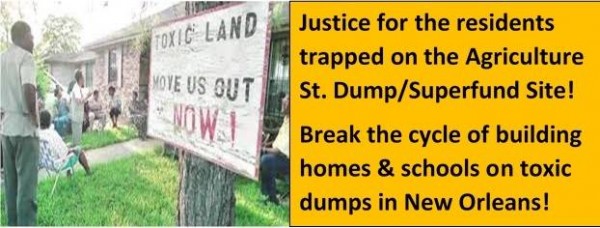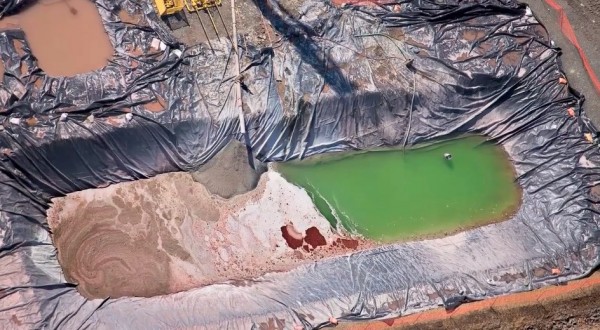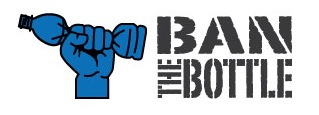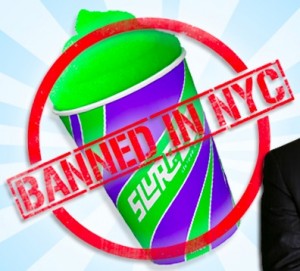
It is clear that the status quo wasn’t doing enough to protect elephants from American trade: The US market has consistently ranked among the world’s largest – an (up until now) largely unregulated, multi-million-dollar black box where ivory could be bought and sold with almost no oversight, whether it was old or freshly poached. We believe that the new rules are a crucial step towards bringing the poaching crisis under control, though much still depends on the unglamorous next steps: implementation, enforcement, and diplomatic follow-through to ensure that this momentum doesn’t stop at America’s borders.
While the changes are a big improvement, they’re not perfect. The regulations still permit sales of documented antiques and certain older items with a small amount of ivory. But the documentation requirement is only loosely defined, putting pressure on FWS (and groups like IFAW) to ensure that ivory buyers and sellers uphold the spirit and the letter of the law. We also have to make sure that law enforcement agents get the tools and funding they need to keep illegal imports from slipping into the black market.
Additionally, the rule limits trophy hunters to importing “only” two dead elephants (per hunter) annually. IFAW lobbied hard to close this loophole even further and we will continue to press the issue, especially as new studies call the conventional wisdom on trophy hunting further into question. However, even this represents an improvement, as there had been no numeric limit on trophy imports at all prior to the change.
The third element I mentioned above – diplomatic follow-through – is just as important as what we do here at home. Other major ivory-consuming countries like China and Vietnam have begun to steer their ivory laws in the right direction; US/China negotiations have already resulted in a pledge from President Xi Jinping to shut down the Chinese ivory market, although tangible progress has been slow in coming and it remains vital that the US continue to set an example.
The New York Times reported on the rule-making process:
In accordance with the rule-making process under the Endangered Species Act, the Fish and Wildlife Service opened the proposed changes for public comment, and it became the second-most-commented-on rule in the agency’s history. People wrote letters, children drew pictures and thousands of petition signatures rolled in — mostly in support of the more restrictive law.
The next phase of the fight against ivory poaching will happen next week, when a delegation from the United States goes to Beijing for a round of strategic and economic talks with Chinese officials, who have also agreed to further restrictions on the ivory trade.

Lead graphic from the Lawyer Herald.







